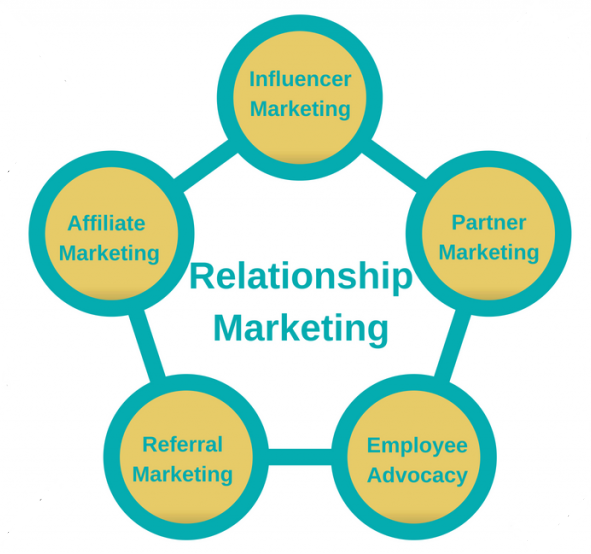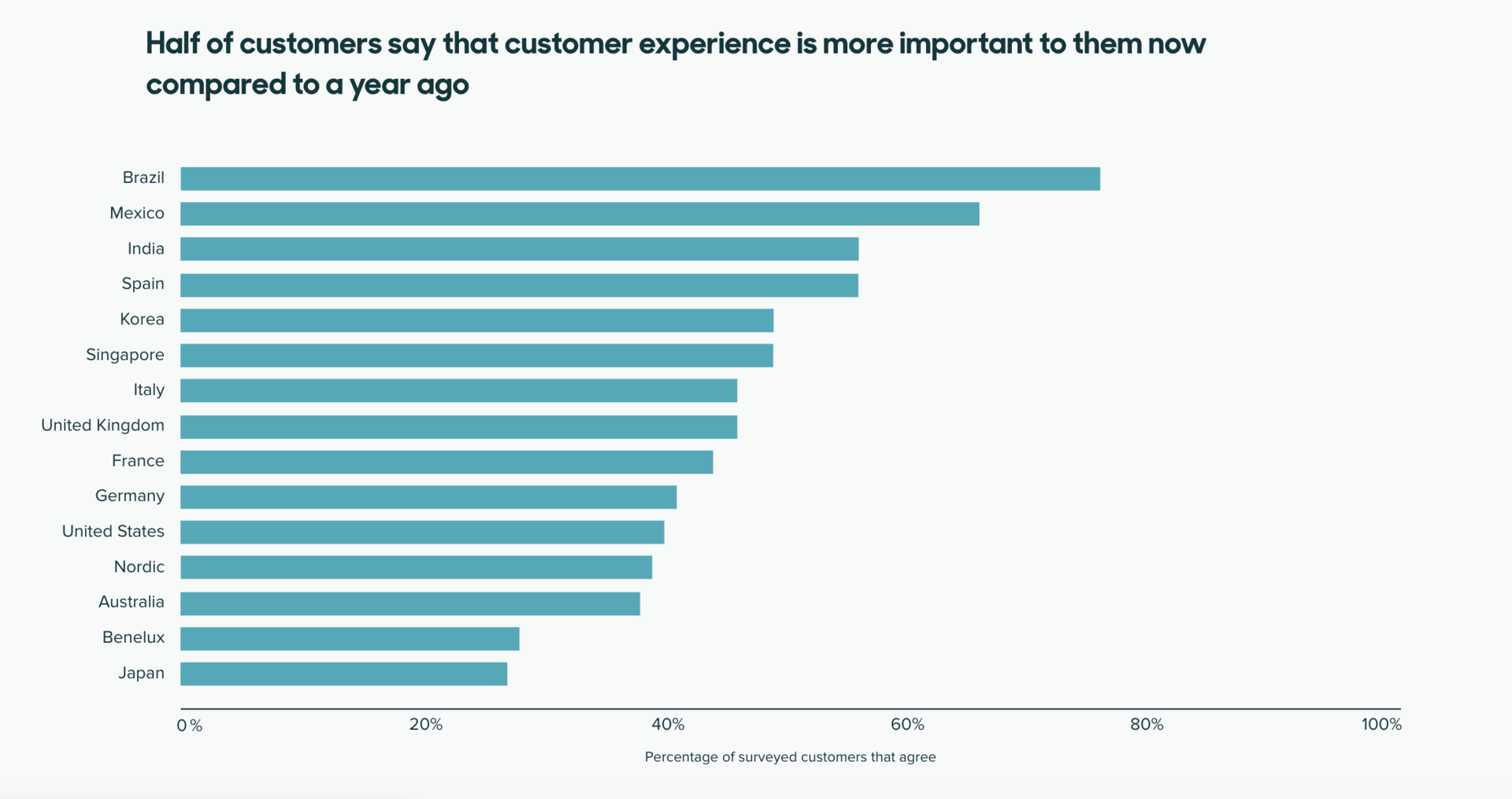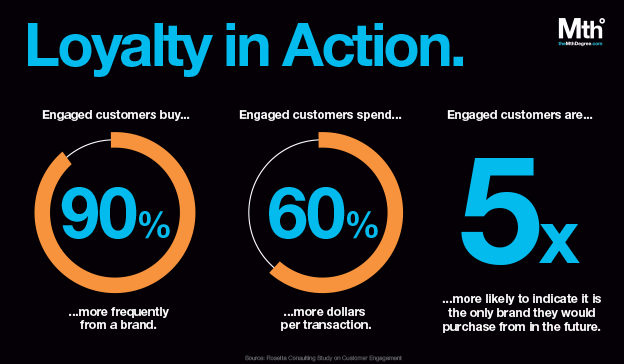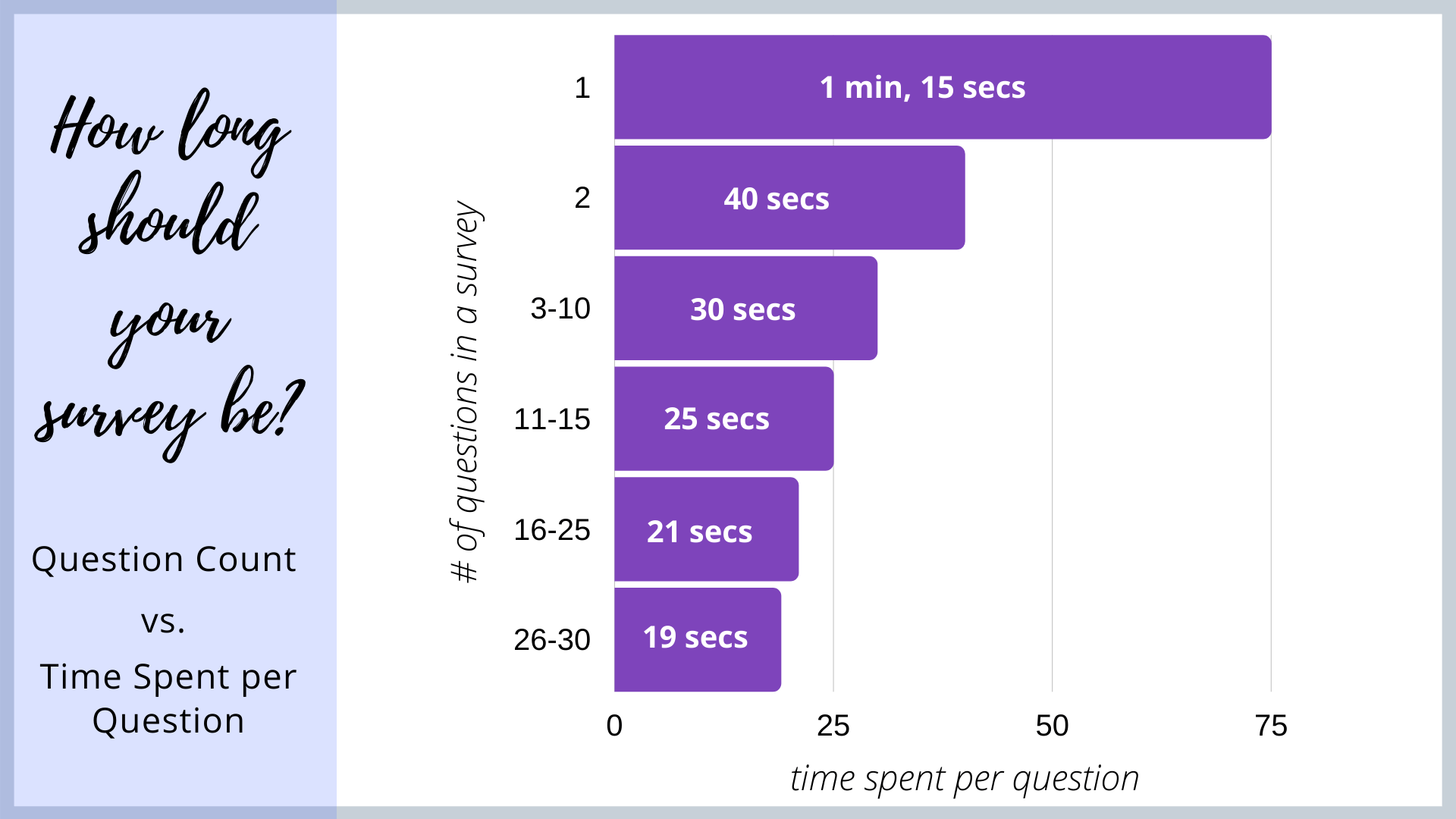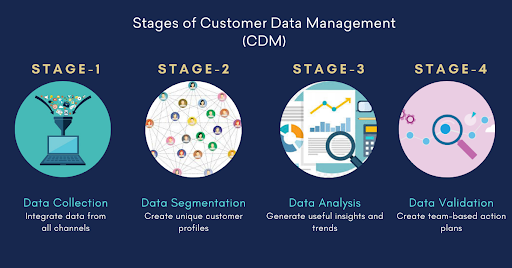Challenges in Relationship Marketing
Despite its many upsides, relationship marketing does have some inherent challenges. These include:
Adopting omnichannel methods
It’s good to reach customers on all platforms, but there are challenges involved. Every channel must be monitored so customers aren’t left waiting for a response. You also need to be confident that all content fits your brand values, especially if you’re using affiliate networks and influencer marketing.
The more channels you have, the more customer data you’ll be able to access, so make sure you have the means to collate and analyze this with intuitive dashboards and reports. Look for software that helps you track campaign performance and monitor links in affiliate content to see what’s working.
Responding to customers quickly
According to one report, 46 percent of customers expect companies to respond in less than four hours, while 12 percent expect a response within 15 minutes or less.
Meeting these high expectations can be tricky when you have a high volume of inquiries, especially for small teams, but it’s essential in relationship marketing. Tools like call management and CRMs can help.
Personalized content
The trick here is to make every customer feel like they’re your priority, but it can be hard to keep track of everyone’s details and preferences across multiple channels. Plus, you have to be mindful of data compliance regulations.
To help personalize content, use smart targeting tools to segment your audience. For email marketing, include links to other relevant content (blogs, webinars, listicles) you know the customer is interested in, as well as sending messages based on triggers like browsing patterns.
Rekindling the interest of previous customers
Although relationship marketing is big on retaining current customers, you can demonstrate the caring nature of your business by trying to re-engage people who’ve slipped off the radar too. The challenge is to find out why they lost interest, and see what you can do to win them back.
Incentives like a free sample or gift can be useful, as can cart abandonment emails. It’s also good to be proactive—for example, sending a message well before someone’s subscription expires, as it’s much harder to get them to renew after the fact.











